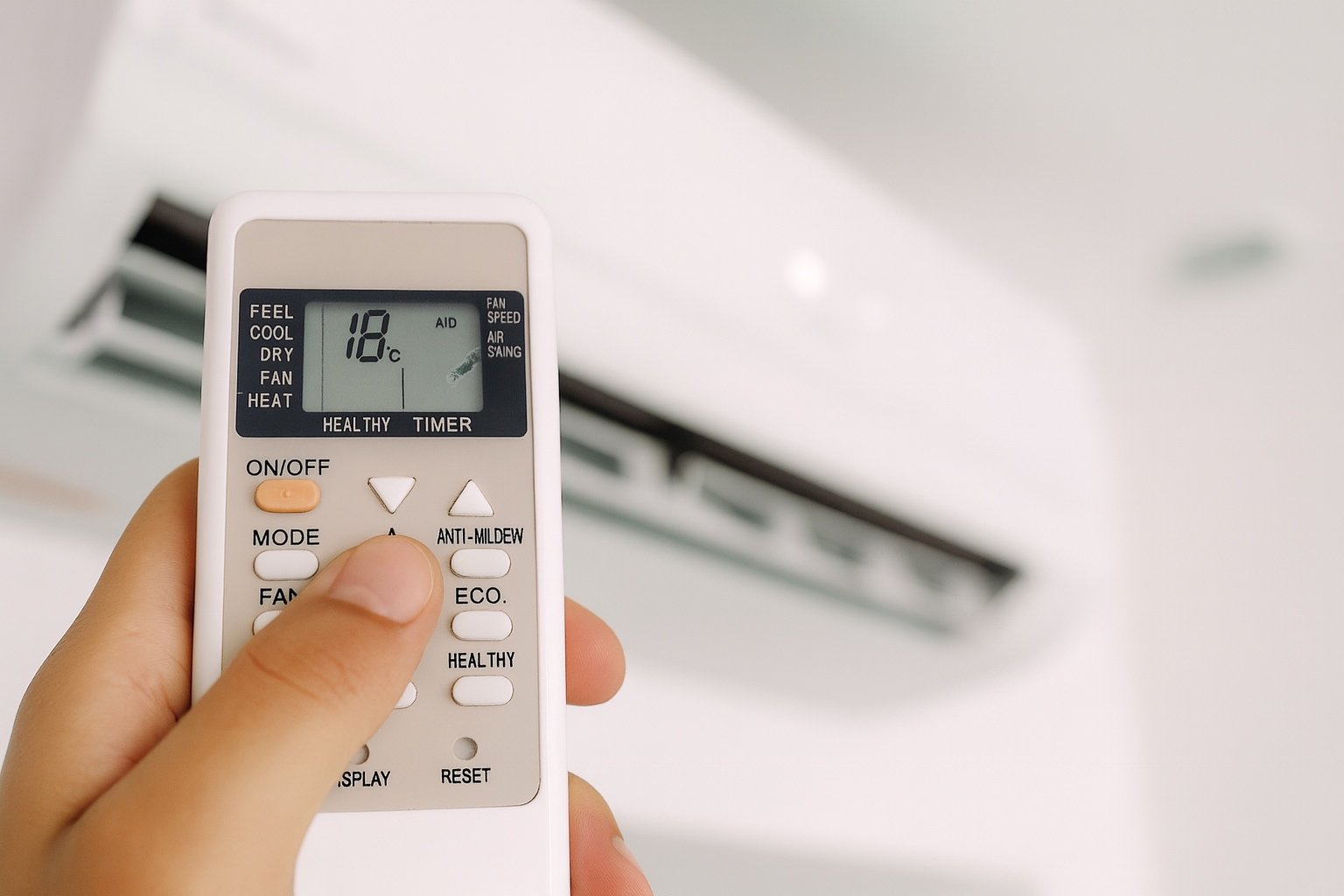Slovenia, a small nation of just 2 million people, has made headlines with a breakthrough that could change how the world keeps cool. For the first time in almost a century, researchers have developed an air conditioning system that doesn’t rely on harmful refrigerant gases. This isn’t just a technical improvement—it’s a potential game-changer for an industry that has long depended on processes damaging to the environment.
Slovenia’s revolutionary approach to cooling technology
In Central Europe, Slovenia has positioned itself as an unlikely leader in sustainable innovation. Scientists at the University of Ljubljana have designed a cooling system based on elastocaloric cooling, which replaces gas refrigerants with the unique properties of certain metal alloys, particularly nickel-titanium (nitinol).
The idea is deceptively simple: when these metals are compressed, they heat up, and when the pressure is released, they cool down. Instead of relying on evaporation and condensation cycles, this method creates a clean, mechanical alternative that eliminates the need for gases altogether.
Why does this matter? Traditional cooling units use hydrofluorocarbons (HFCs), which have a global warming potential thousands of times higher than CO₂. To put this in perspective, a single kilogram of leaked HFC can warm the planet as much as driving a car for 15,000 km.
For now, the prototype achieves about 15% efficiency compared to the 20–30% of standard systems. But given that this technology is less than a decade old—compared to the hundred-year refinement of compressors—the room for improvement is huge.
How the metal-based cooling technology works
The principle behind elastocaloric cooling is both elegant and revolutionary. When stressed, nitinol alloys shift at the molecular level, absorbing or releasing heat without the need for a gas-to-liquid phase change.
This process offers major advantages:
-
Zero greenhouse gas emissions
-
No risk of toxic leaks
-
Components made from recyclable metals
-
Quieter operation than compressor-based systems
-
Flexibility to scale for different uses
What makes it especially exciting is how it aligns with natural energy flows—mimicking the efficiency found in ecosystems. Researchers are already exploring how biotechnology and materials science could push the efficiency even further.
European collaboration driving climate-friendly cooling
Slovenia’s innovation is not happening in isolation. It forms part of E-CO-HEAT, a European initiative running until 2026 that aims to industrialize and patent the system. Backed by EU funding, the project has brought together experts from Slovenia, Ireland, Germany, and Italy:
| Project Component | Partner Country | Contribution |
|---|---|---|
| Core Technology Research | Slovenia | Elastocaloric principles, material science |
| Manufacturing Expertise | Ireland | Scaling and industrial production |
| Engineering Design | Germany | Efficiency and optimization |
| Testing Framework | Italy | Performance validation in real-world conditions |
One of the main goals is to bring SMACool, a prototype air conditioning unit, to market. Given the European Green Deal’s focus on sustainable heating and cooling, this project is seen as a key priority. With the global cooling sector projected to surpass €1 trillion by 2035, the economic and environmental incentives are massive.
Global implications of Slovenia’s cooling innovation
The need for this innovation couldn’t be more urgent. According to the International Energy Agency, cooling already consumes around 10% of global electricity—and demand is surging as temperatures climb. Today, there are about 2 billion AC units worldwide, and that number could triple by 2050.
If the world sticks with current technologies, the environmental fallout will be enormous. But Slovenia’s approach offers a chance to redirect that trajectory. Its applications could extend far beyond home air conditioning:
-
Cooling for data centers
-
Sustainable refrigeration systems
-
Temperature management for electric vehicles
-
Industrial-scale cooling processes
This shows how practical, low-impact solutions—like gas-free cooling or even energy-generating bikes—can integrate into broader strategies for sustainable living.
Of course, challenges remain. Efficiency needs to improve, costs must come down, and the industry will need time to adapt. But Slovenia’s discovery highlights how even a small nation can drive global change—proving that innovation knows no borders when it comes to tackling climate change.
